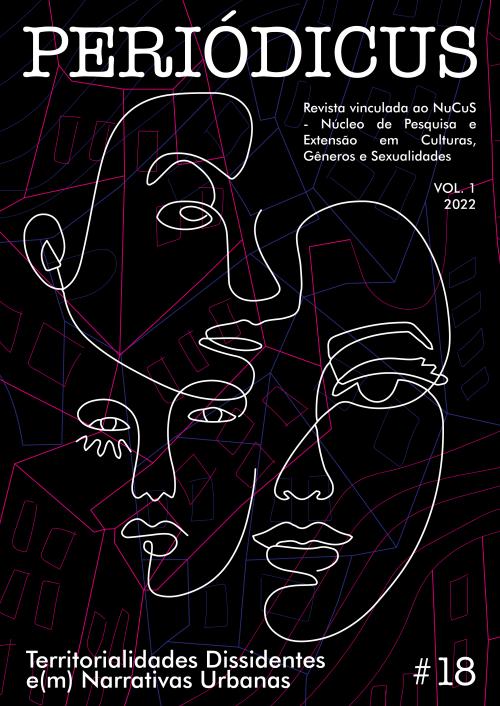Prostitution in Amsterdam
regulation and gender dynamics in the Red Light District
DOI:
https://doi.org/10.9771/peri.v1i18.50152Abstract
In this paper I discuss prostitution in Amsterdam from two perspectives: the regulation of sex work and the gender issue in the context of prostitution. Although prostitution is regulated in the Netherlands, I show how stigma is still as barrier for prostitutes to register themselves as sex workers before the authorities, as well as some conflicts in the neighbourhood. I then analyse the daily work behind the windows which characterize the Red Light District, the strategies used by the prostitutes to attract customers and their relationship with tourists. Finally, I put into question the ideas of liberalism and progressivism linked to Amsterdam, showing the lack of male prostitutes in the windows. This reveals gender dynamics based on the different ways men and women are expected to exert their sexualities.
Downloads
Downloads
Published
How to Cite
Issue
Section
License
Copyright (c) 2022 João Soares Pena

This work is licensed under a Creative Commons Attribution-NonCommercial 4.0 International License.
Authors who publish in this journal agree to the following terms:
Authors retain copyright and grant the journal the right of first publication, with the work simultaneously licensed under a Creative Commons Attribution Noncommercial License that allows the work to be shared with acknowledgment of authorship and initial publication in this journal, but prohibits commercial use.
Authors are authorized to enter into separate additional contracts for non-exclusive distribution of the version of the work published in this journal (e.g., publishing in an institutional repository or as a book chapter), with acknowledgment of authorship and initial publication in this journal.
Authors are permitted and encouraged to publish and distribute their work online (e.g., in institutional repositories or on their personal website) at any point before or during the editorial process, as this can generate productive changes and increase the impact and citation of the published work (see The Effect of Open Access).








